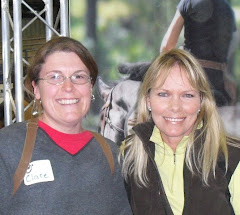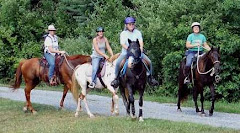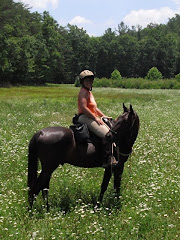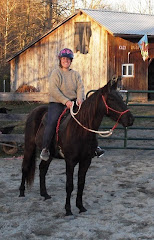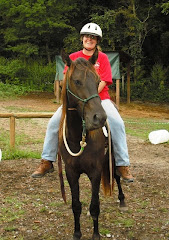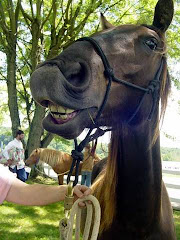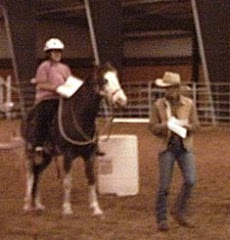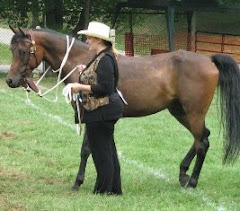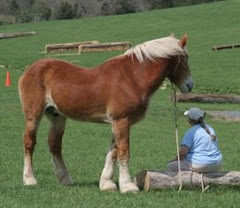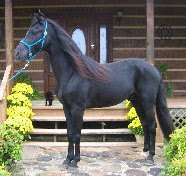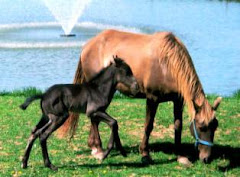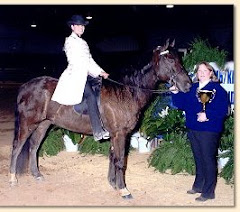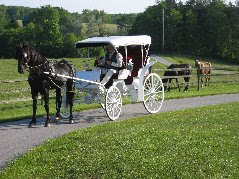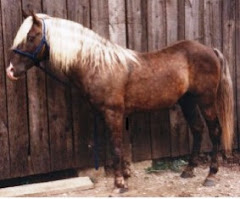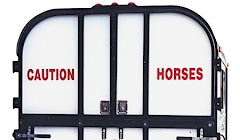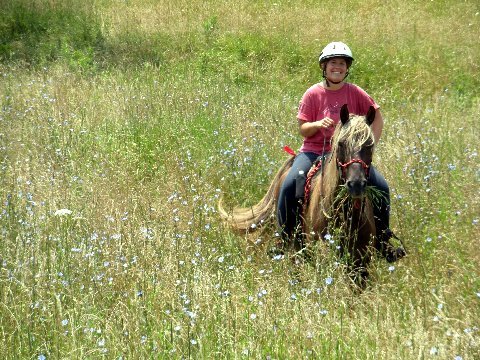Pat and Linda have often recently said, "Don't become the 'Minister of NO' to your horse."
In Natural Horsemanship, people are taught to use pressure to indicate "no" to a horse, but the release of pressure to indicate "yes." This is like saying "not no" to your horse and expecting them to get it.
It can be very tricky to time the release of pressure to coordinate with "the slightest try" and it is sometimes very easy to release at the wrong time and inadvertently say "yes" when you don't mean it. (See Issue 24 of the Savvy Times "Wash Those Fears Away" about bathing and how a horse can easily misinterpret the water as Driving Game and move their feet, when you mean it to be Friendly Game.)
When you misuse pressure, it is easy for a horse to feel that you are being critical when you are just trying to be particular. It is tricky to communicate without having a "yes" response in our quiver.
Treats can be an easily understood was of saying "yes" to your horse. However, it is difficult to always time the giving of the treat to the performance of a behavior. And, it is easy to find yourself in the cycle of giving a treat for every little thing. Other drawbacks include: needing to carry around loads of treats, the horse feeling a sense of entitlement (or frustration when he doesn't get one that he feels that he has earned), and other horse folk snickering as they watch you dole out the goodies..
I've discovered a simple way around this dilemma! I've taught my horse that a "cluck" noise (made with my tongue on the roof of my mouth) means "yes." I did this by making this noise immediately when he did something correctly, and then rewarding him with a treat. Once he had the idea, I stretched out the number of clucks that I make before he earns his reward. (Psychological studies show that intermittent reinforcement of a behavior is stronger than regular reinforcement.) This allows me to get more bang from each treat while he gets the message that he is on the right track.
The ability to communicate "yes" to my horses has been a huge breakthrough for us. It works especially well for reinforcing passive behaviors such as standing still while bathing (or fly spray application), or ground tying. It is also wonderful for immediately changing the attitude of a horse from frustration to curiosity & hope!
It took me a week or so to get my clucks sorted out from my smooch (my cue to pay attention or move your feet), since I previously used them interchangeably. The horses caught on to it before I did. :-)
This really is ok. When I have inadvertently used the wrong cue, it often worked out anyway. Turns out that if I clucked (yes) when I meant "move your feet" the horse started to pay more attention and move faster anyway. If I smooched when I meant to cluck, I added a slight bit of pressure and sometimes got more "try" for the behavior already being performed.
The response to my cluck/yes cue has differed slightly depending on horsenality. While treats work well for my LBI/LBE, my RBI guy isn't that food-motivated even when calm. In fact, he will often spit out a treat once he takes it. However, he LOVES to hear a "cluck" and will exert himself just to earn it!
Perhaps praise really does work for horses? It just has to be in a way that the horse can understand and appreciate.
I believe that having a clear "yes" cue (cluck) actually increases trust between human and horse due to increased clarity of communication.Please give this idea a try. What do you have to lose? Trust me, your horse will thank you!
PS - For more about using a cue for "yes, " please read "Clicker Training: Colt Starting the Natural Horse" by Leslie Pavlich.
Click here to see a
previous post about Clicker Training.





















